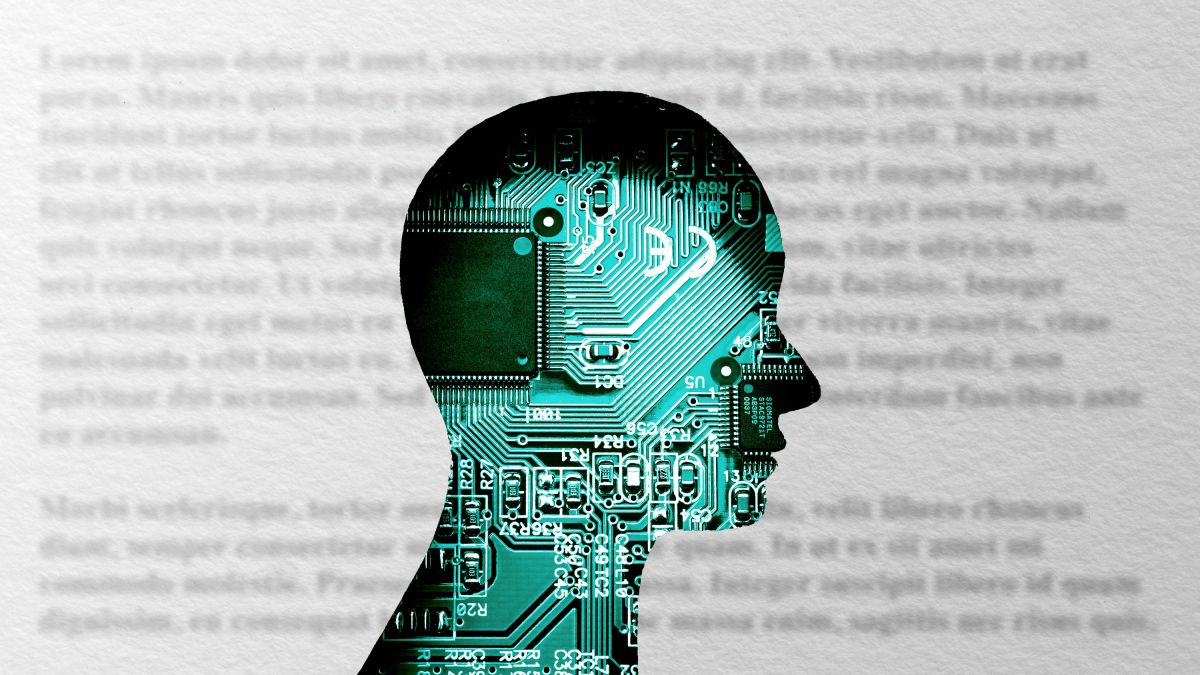Ai Detector Strategies and Solutions
Ai Detector Strategies and Solutions
Blog Article

Navigating the New Frontier: The Rise of AI Detectors
In an era where artificial intelligence (AI) is rapidly evolving and integrating into various aspects of daily life, the development of AI detectors has become a crucial countermeasure to ensure transparency, security, and authenticity. These tools are designed to distinguish between content generated by humans and AI, addressing growing concerns over misinformation, deepfakes, and the ethical implications of AI-generated content. This article delves into the significance, operation, and challenges of AI detectors, offering a comprehensive overview of their role in today's digital landscape. Delve into AI checker essay for deeper understanding.
The Importance of AI Detectors
AI detectors have emerged as vital tools in maintaining the integrity of online information and protecting digital identities. With AI's ability to generate realistic texts, images, videos, and audio, distinguishing between human and machine-created content has become increasingly challenging. These detectors play a pivotal role in combating fake news, copyright infringement, and the manipulation of digital media, thereby safeguarding the authenticity of digital content and fostering a trustworthy online environment.
How AI Detectors Work
AI detectors utilize various techniques to identify AI-generated content, including machine learning algorithms, pattern recognition, and analysis of inconsistencies in data. These methods focus on detecting subtle differences in the content that may not be perceptible to the human eye, such as irregularities in text syntax, unnatural image patterns, or inconsistencies in audio frequencies. By training these detectors on vast datasets of both human and AI-generated content, they learn to discern the nuanced characteristics that differentiate the two, offering a means to flag or verify the origin of digital content.
Challenges Facing AI Detectors
Despite their advancements, AI detectors face several challenges. One of the primary obstacles is the continuous improvement in AI technology, which can generate increasingly sophisticated and indistinguishable content. This evolving landscape requires AI detectors to be regularly updated and retrained to keep pace with new AI capabilities. Additionally, ethical and privacy concerns arise in the development and deployment of these detectors, particularly in how they analyze and handle personal data.
The Future of AI Detectors
Looking ahead, the future of AI detectors lies in their ability to adapt to the rapidly changing digital domain. Innovations in AI detection technologies, such as deep learning and neural networks, promise enhanced accuracy and efficiency in identifying AI-generated content. Furthermore, the integration of AI detectors into social media platforms, content management systems, and digital forensics tools represents a proactive approach to mitigating the risks associated with AI-generated content. Collaboration among tech companies, researchers, and policymakers will be crucial in advancing these technologies while addressing ethical considerations and ensuring they are accessible and beneficial to society at large.
Conclusion
AI detectors represent a critical frontier in the quest to balance the benefits of AI with the need for transparency and trust in digital content. As AI continues to permeate every facet of our lives, the development and refinement of these detectors will be paramount in protecting the integrity of information and fostering a safe, authentic digital world. By understanding the importance, operation, and challenges of AI detectors, we can better navigate the complexities of this new digital era, ensuring that we harness the power of AI responsibly and ethically.
Report this page